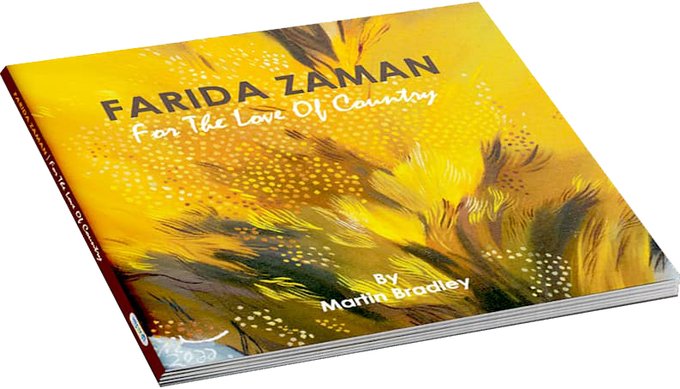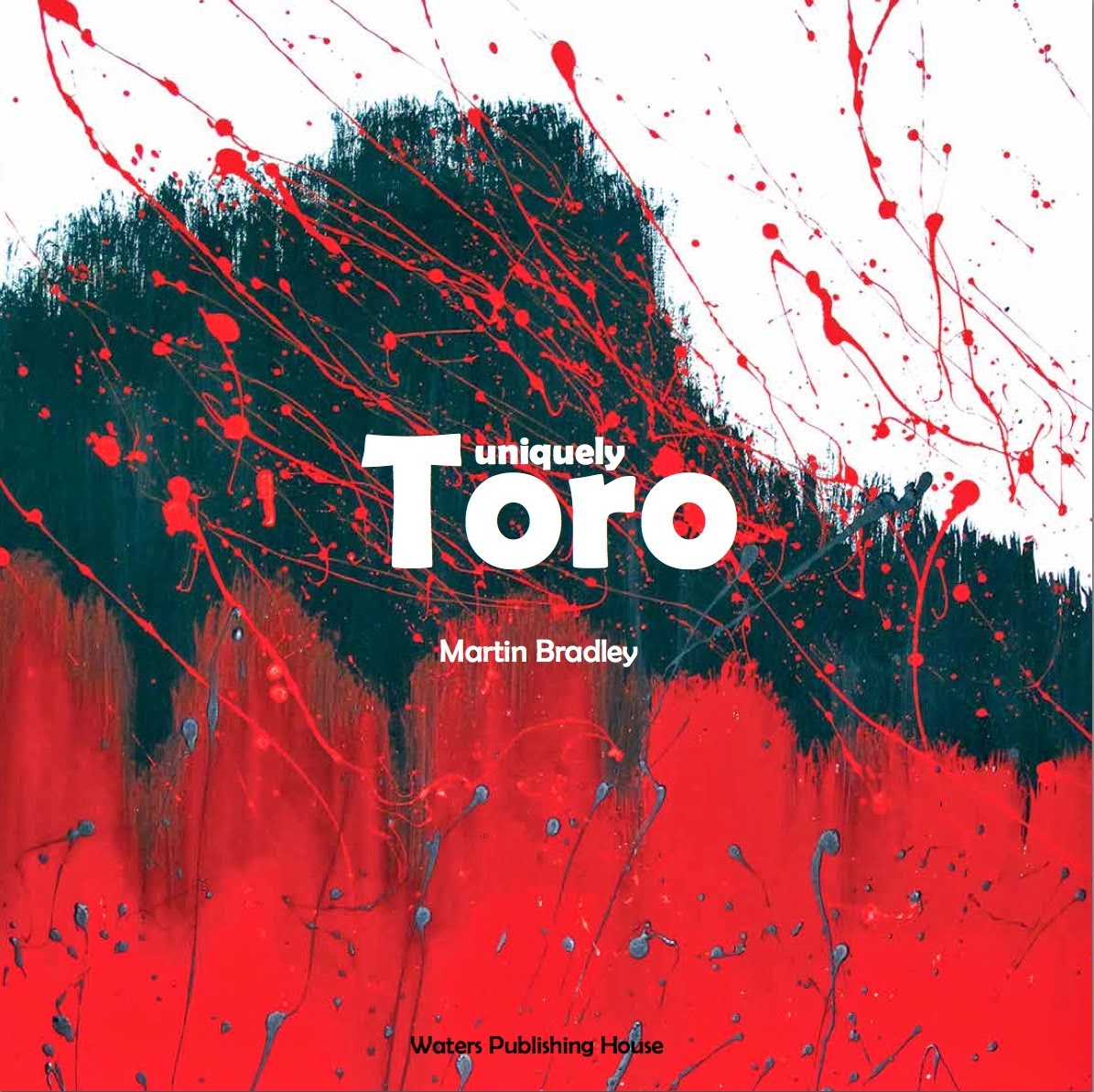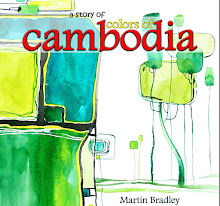
I was never what you might call a ‘Trekkie’; I just enjoyed watching Star Trek, the TV series, then the Next Generation et al.
I knew someone who was a Trekkie, they used to go to conventions in the UK, dress the part, learn Klingon etcetera. From them I learned what a ‘blooper’ was, which episodes had never been shown on British TV and countless other really quite pointless facts. But that’s in the past.
Taking a leaf out of the new film – Star Trek, I’m going to pretend, just for a moment, that 3 decades have not gone by, and that I am in my late twenties – for it is quite unseemly for a man at my time of life to have such enthusiasm over a popularist film, much less over one which, once again, drags that old 1960s media franchise cliché, Star Trek, out of its now dog-eared and be-cobwebbed box, dusts it off and re-presents it as new.
Watching J.J.Abrams latest Star Trek film I found myself buffeted by emotions, no doubt intended by the film makers, and on a roller coaster of nostalgia and blissful wilful suspension of disbelief. For this film not only welcomes new viewers with the brave new, young, cast, but has so many points of contact for Star Trek nostalgia buffs too.
We had Star Trek, the original NBC series, from 1966 to 1969 and a host of others since, including an animated series, The Next Generation, Deep Space Nine, Voyager and Enterprise. Now Star Trek goes, not back to the future, but forward to the past.
The new film gives an account of how the original crew – James T Kirk (Chris Pine), Spock (Zachary Quito), Dr ‘Bones’ Mc Coy (Karl Urban), Uhura (Zoe Saldana), Scotty (Simon Pegg), Sulu (John Cho) and Chekov (Anton Yelchin) all met and served upon USS (Star Ship) Enterprise.
Relationships are explored, especially that between Kirk and Spock, briefly, and the characters are put through a protracted team building exercise called - save earth, which happily they do. It’s the usual sub-genre SCI FI/Western plot, goodies, baddies – this time the Romulans, goodies beat baddies and a suitable crescendo ensues leaving us wanting more.
And I for one did want more. The two hours something just seemed to wiz by on warp speed, leaving me a little reluctant to leave the cinema, just in case it was an interval and not the end of the film.
The film is extraordinarily well done. Gone are the shaky sets, over acting, lurid colours and clichéd monsters, admittedly the film does rely heavily on CGI and computer wizardry but what self respecting modern SCI FI film doesn’t. It all seems to blend very well together to assist the aforementioned willing suspension of disbelief.
Finally someone decided to make a real Star Trek film. Maybe it had to wait until the deaths of both Gene Roddenberry (1991) (Star Trek creator) and his wife Majel B Roddenberry (2008), (Nurse Chapel in the original TV series) and some of the original cast before the franchise could move in a different direction.
A make-over was certainly on the cards for this very popular series of films. In the same vein a TV make-over had worked for Dr Who, and in films - Star Wars, Batman, and Spiderman, it almost worked for The Hulk too.
It is with excitement and a little disappointment that I await the next Star Trek film - excitement to see how the next film is handled by the film makers, and disappointment at having to wait for, at the very least, one more year before that happens.











